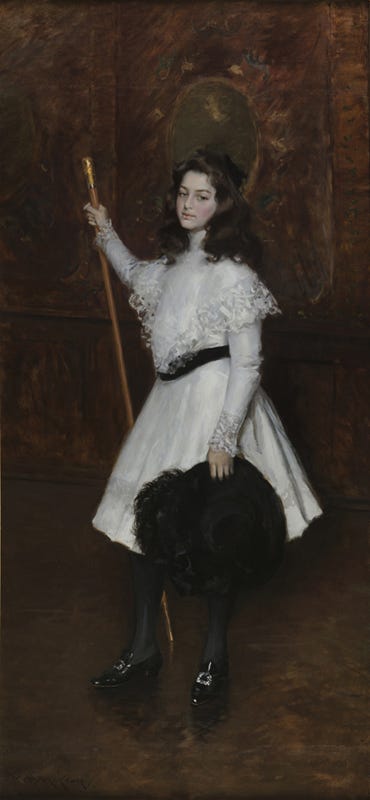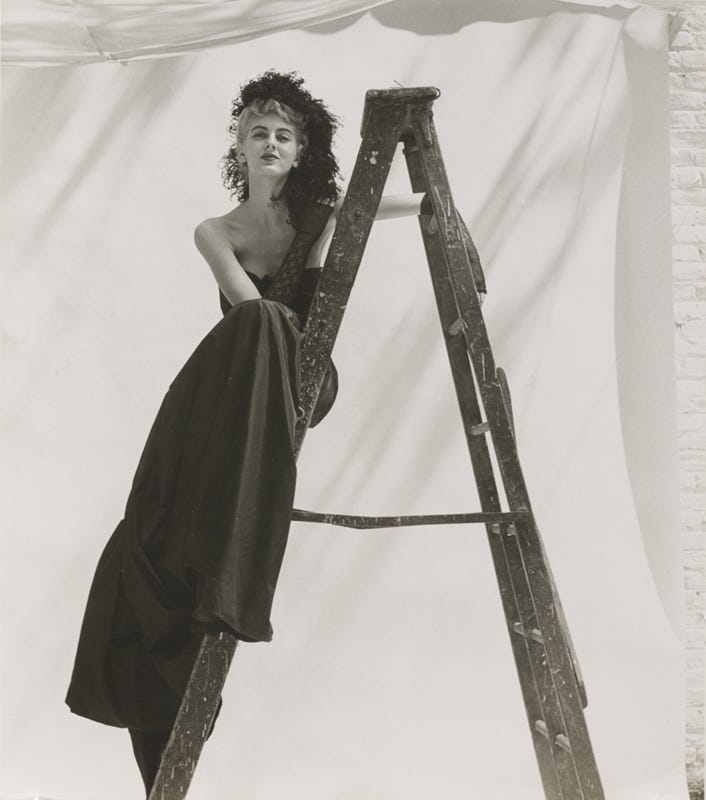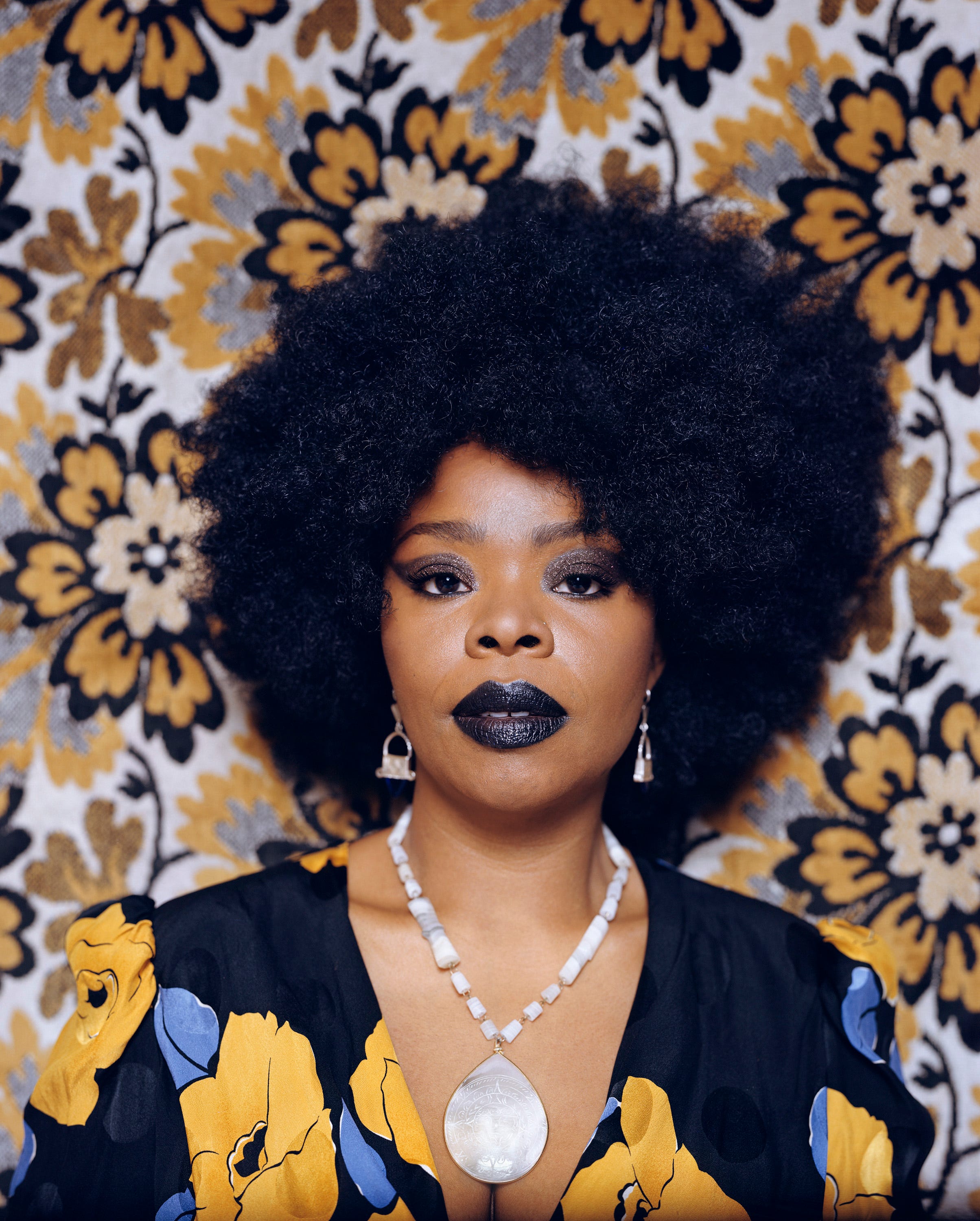Since many of us have been living in our comfy clothes over the last few months, we thought a peek at some of the fashionistas and fashionistas in our collection would be a nice break from the norm. So take a moment to envision yourself at a packed, celebrity-filled fashion show. The lights come up on the runway, the music starts thumping, and here come the models!

This little Victorian fashion icon definitely knew the value of accessorizing! Although her imposing brass walking stick and flashy feather hat were likely studio props, they add to the drama of this portrait. The model, Florence Irene Dimock, was only about 13 when this work was completed, but the belted natural waist and elaborate collar of her dress could easily be found on a fashionable dress of an adult woman from this era. Her dress is made of lace and silk, the latter of which was likely a reference to her father’s profession as a silk manufacturer.

For the artist Yinka Shonibare, fashion is about more than just looking good. The clothes his figures wear hold a great deal of meaning about his identity as a British- born, Nigerian-raised artist. The textiles worn by this gentleman is made from “Dutch wax” cotton fabric, which was produced in Europe but exported and embraced in Africa. These brightly colored patterns became so popular on the continent that they are now associated with African identity and pride. To push the fashion symbolism a step further, Shonibare uses these patterned fabrics to create clothing influenced by Victorian British styles. The delicate dance between Shonibare’s Nigerian and British identities is underscored by the gentleman’s literal balancing act across a tightrope.

As its title suggests, the hat seen in this photo was designed by the renowned John-Fredricks hat company. This former household name was instrumental in the designs for the dramatic chapeaus found in Gone with the Wind. Although the company’s pieces were designed by John Frederics, the creative designer of John-Fredricks, almost all were handmade by female assistants in the studio, including an African-American milliner named Mildred Blount. She was a prolific craftswoman and created and influenced the look of some of the most iconic hats in Gone with the Wind. It’s unknown who made the hat seen in this photo, but it’s entirely possible that Blount may have been involved.

The best models don’t let the clothes wear them, they wear the clothes. And that’s certainly true of Din, the model who posed for this work by Mickalene Thomas. Sporting an afro and brightly patterned fabric, Din exudes a striking combination of power and beauty — but the clothes, hair, and make-up only serve to highlight what Thomas found innately remarkable about Din. More than a study in fashion, this work is a captivating portrait of a strong, self-possessed woman.

